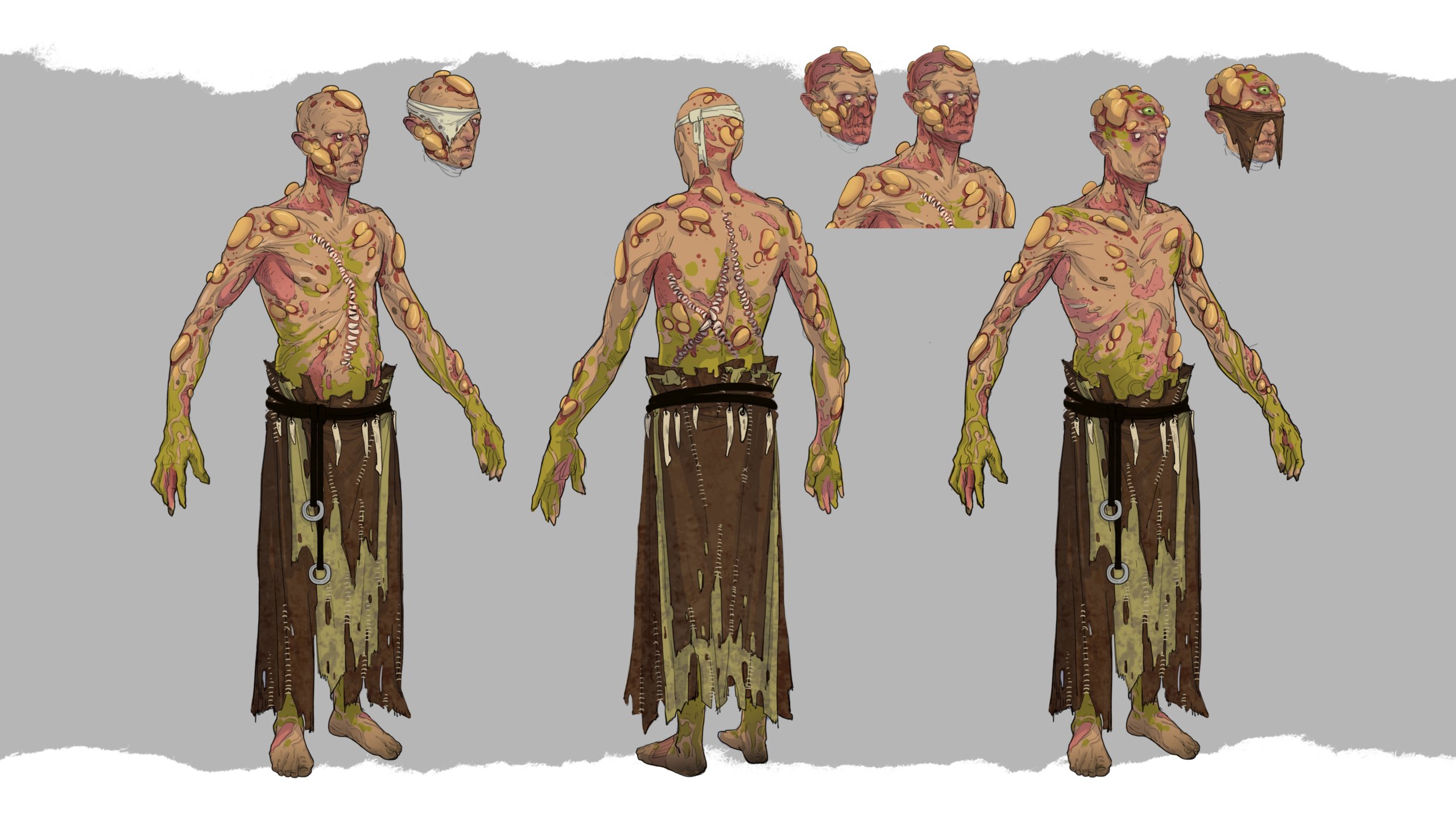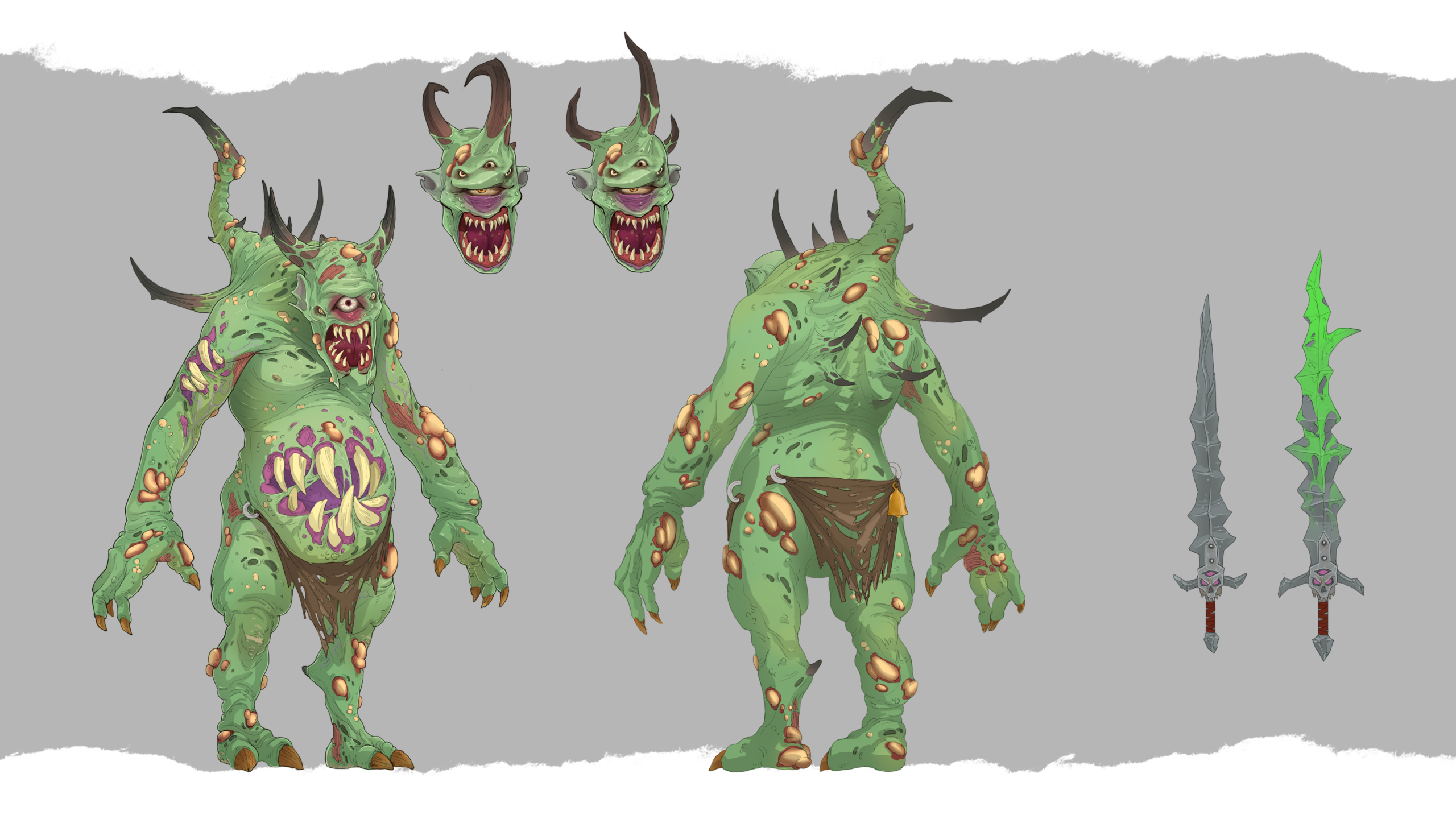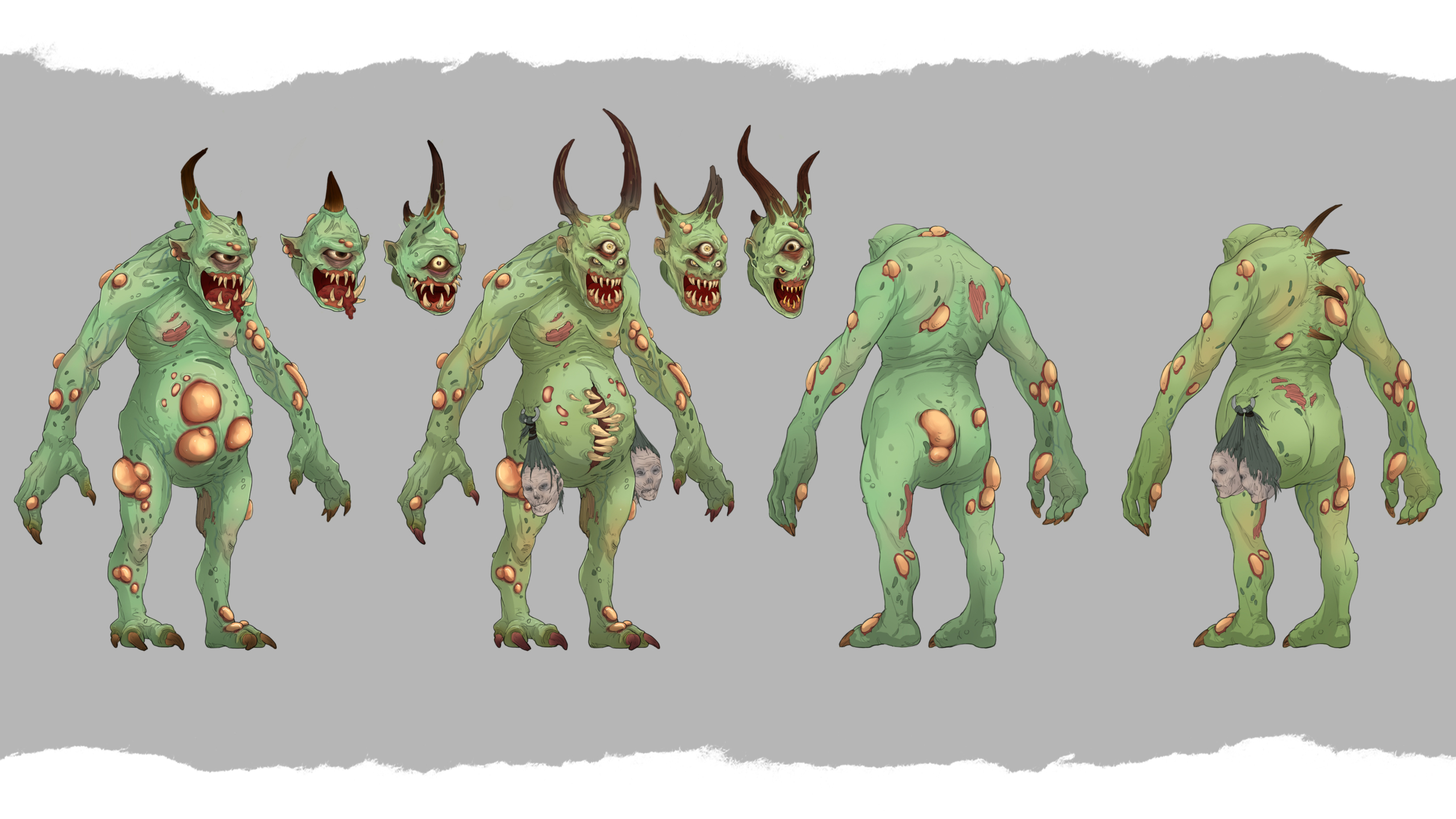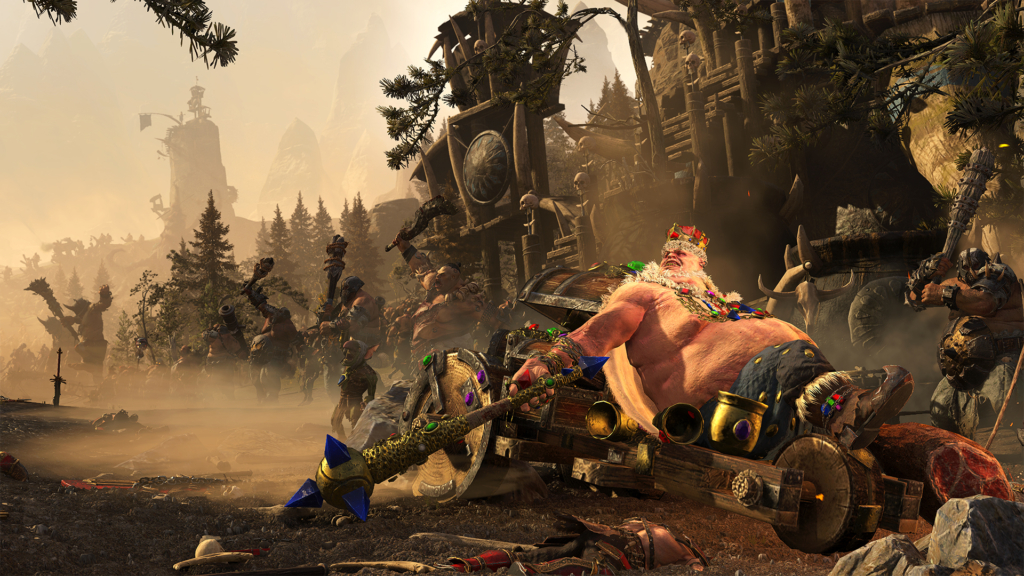Total War: Warhammer 3 – Cultists, Nurglings, And More
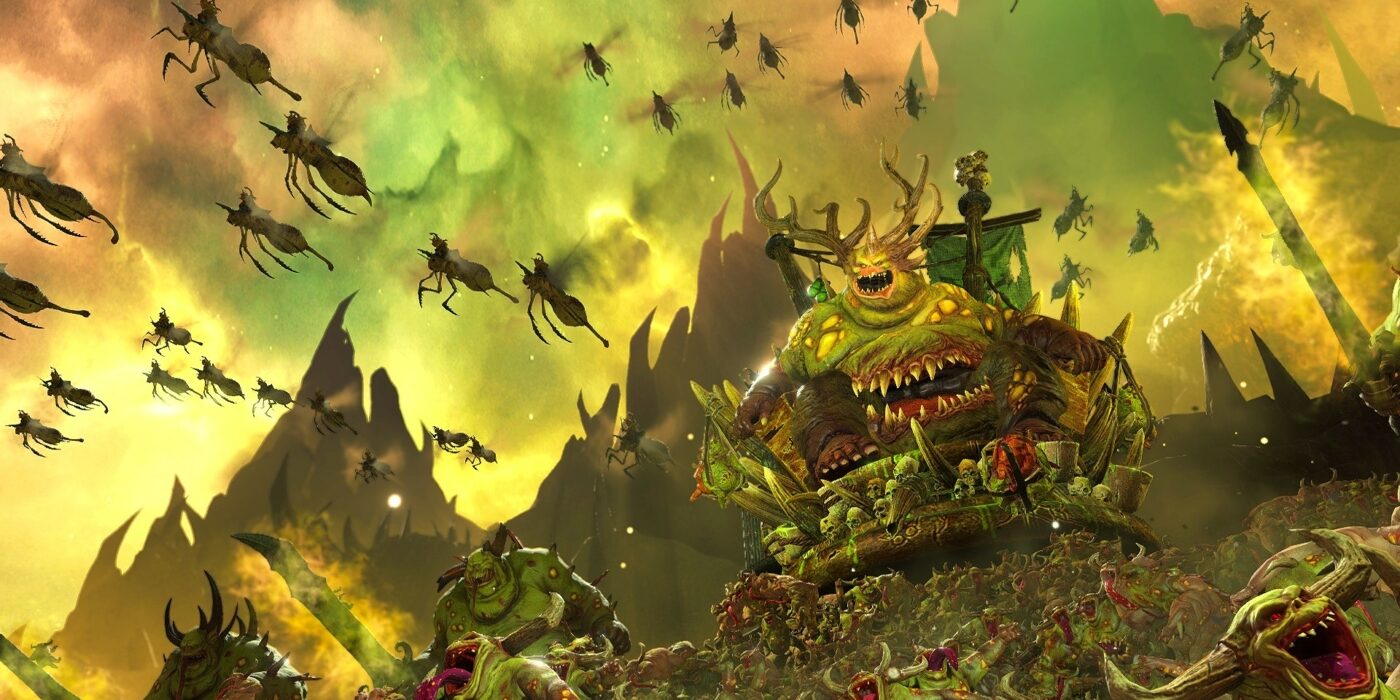
Nurgle’s forces run rampant. When your heroes are cultists and plaguewalkers, what does your army look like? Find out here.
We’re running through Nurgle’s force listings in Total War: Warhammer 3 to find all the disease-ridden details that will show just how infested your world is about to be. Get ready to bring plague and pestilence to the Old World in a new way.
We start with the heroes, of which there are two: Cultists of Nurgle, who exist only to spread the corruption of Nurgle throughout the world. They carry plagues and worse the world over. And Plague Cultists are one of the few hero units you’ll want to infiltrate towns and enemy armies (perhaps instead of serving in your own).
Then there are the Plagueridden. These are Plaguebearers who have been infested with Nurgle’s Rot and held out long enough to be transformed into the Plagueridden–powerful Plaguebearers who have been transformed by their endurance into a twisted mockery of the life they once held.
They are hubs of sickness, which can increase your own forces’ strength or can debuff and rot away your enemies when they are nearby. Plagueridden are also casters, with access to Nurgle’s favorite lores and special mounts.
- Lores: Lore of Nurgle or Lore of Death
- Mounts: Nurgling Palanquin or Rot Fly
Of course the bulk of your forces are the infantry and lesser daemons that swell and giggle and gibber about the battlefield. None moreso than the lively, joyous Nurglings, who are miniature versions of Nurgle himself.
- All Nurglish daemons – so everything except Forsaken and Spawn – share a couple of traits. Poison Attacks and Cloud of Flies both represent the constant sickliness and aura of disease that surrounds them. The latter increases the Melee Defence of the unit if they are in extended melee combat.
- All daemons also share the causes fear and physical resistance traits, as well as granting immunity to terror and routing, and causing damage when Leadership drops.
- Nurglings may deploy far out from the main force with Vanguard Deployment, because they’re good little lads. Just absolute champs.
Plaguebearers make up the rank and file of Nurgle’s legions, transformed by those poor wretches who succumb early to Nurgle’s Rot. Their pustulent sores attract flies and help spread daemonic corruption and disease wherever they go.
- What they lack in armour and skill, Plaguebearers make up for in pure strength and health. They are blobs of flesh ready to absorb the enemy and strike back.
- In general, Nurgle’s armies are slow – the plod of an oncoming, inevitable death – and Plaguebearers are some of the slowest.
Then there are Forsaken of Nurgle–Chaos Warriors who have mutated into feral beasts with frenzied ferocity.
- As one of the few non-daemonic units, Forsaken cover an important role in Nurgle armies as hardy and quick-moving forcecs.
- They are in a constant frenzy, cause fear, and are immune to psychology.
- Significantly lower melee defence and health than Plaguebearers, giving you a choice of ways to destroy your enemies.
And you have Exlated Plaguebearers of Nurgle who are bigger and stronger versions of the rank and file Plaguebearers. It is here that you’ll find Tallymen and more.
- Bigger, stronger, and more powerful Plaguebearers.
- The Exalted also sport a special ranged weapon, throwing small versions of the Death’s Head at enemies as they close. This has armour-piercing properties, but a very limited ammunition count.
- This also poisons, like almost everything Nurgle does. This weakens speed and damage of any unit affected.
Those are Nurgle’s troops–at least at the outset of Total War: Warhammer 3.
Good luck, generals

